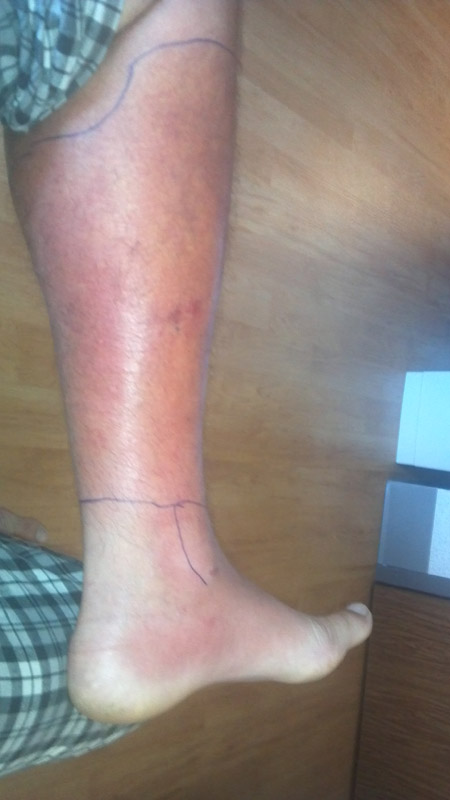Cellulitis is a rapidly spreading acute inflammation with infection of skin and subcutaneous tissue that spreads widely through tissue spaces. It is commonly caused by either Streptococcus pyogenes or Staphylococcus aureus. Erysipelas is a superficial form of cellulitis involving lymphatics; it has a peau d’orange appearance and a sharp border. It characteristically appears on the face. Since,…
Author: Dr. Sulabh Kumar Shrestha, MS Orthopedics
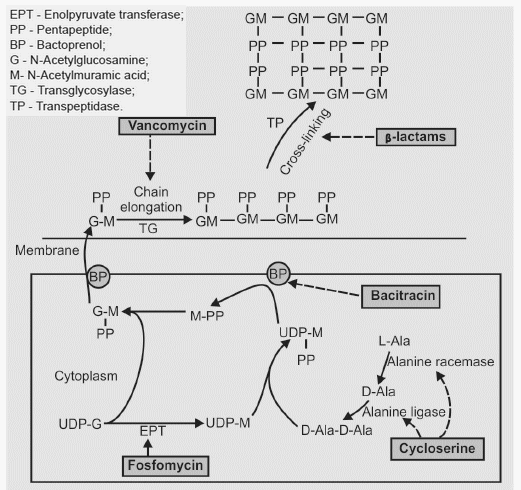
Antimicrobial Mechanism of Actions – Everything you need to know
Cell Wall Synthesis Inhibitors A peptidoglycan monomer consists of 2 joined amino-sugars, N-acetyl glucosamine (NAG) and N-acetyle muramic acid (NAM), with a pentapeptide coming off of the NAM. So, a peptidoglycan monomer is a NAG-NAM-pentapeptide. These peptidoglycan monomers are synthesized in cytosol and transported across cytoplasmic membrane by Bactoprenols (BP)….

How to present a Journal Club?
A journal club is a group of individuals who meet regularly to critically evaluate recent articles in scientific literature. It is a part of postgraduate medical education aimed at improving the skills of critically appraising the journal articles. Critical appraisal is the process of systematically examining research evidence to assess…

Postoperative fever – Rule of W (Mnemonic)
Postoperative fever is defined as a temperature >100°F (38°C) on 2 consecutive postoperative days, or >102.2°F (39°C) on any 1 postoperative day. The most common cause of fever within the first 48 hours is a pyretic response to surgery, which is self-limiting. Textbooks have long listed the common causes of…
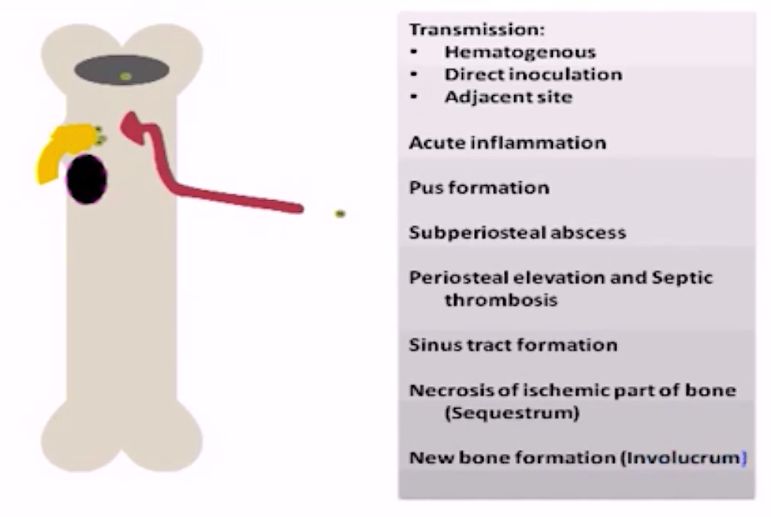
Pathophysiology of Osteomyelitis
Osteomyelitis is defined as an inflammation of the bone (single portion or numerous regions, like marrow, cortex, periosteum and surrounding soft tissue) caused by an infecting organism (usually monomicrobial but polymicrobial can occur, especially in diabetic foot). Definitions, Criteria and Classifications of different types of Osteomyelitis have been discussed in…

Polytrauma Assessment and Management (ATLS) : Mnemonics
SIEVE triage system Mnemonic: ABC-30-2 Can Do Approach to assessment and initial management Mnemonic: ARM Adjuncts to Primary Survey Reflects the adequacy of resuscitation. Mnemonic: PEA COVER Primary Survey Follow the look, listen, feel approach – Mnemonic: ABCDE 1. Airway and C-spine protection: 2. Breathing: 3. Circulation and control of…
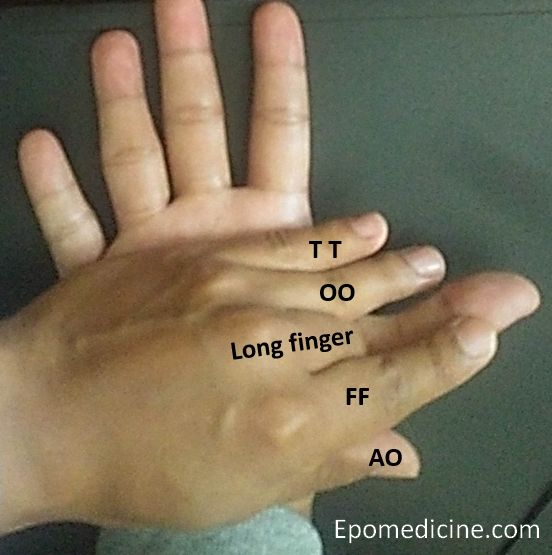
Intrinsic thumb muscles : Tricks to Remember
The muscles of thumb will make 2 compartments – thenar compartment and adductor compartment. Mnemonic: Do it yourself as shown in the image below. Put your left hand with curled in middle/long finger above the palm of right hand. There are 2 muscle layers in this side of the hand….
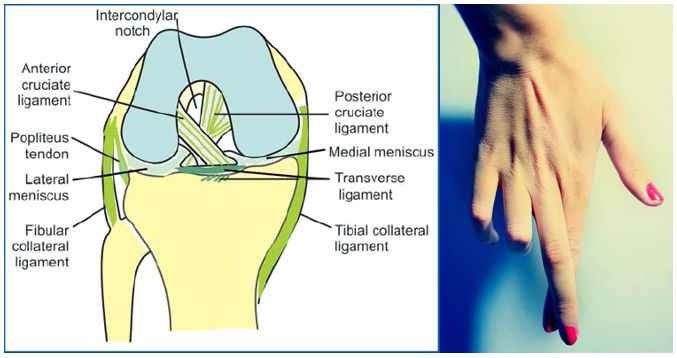
Cruciate ligaments of Knee : Mnemonics
Mnemonic: Cross your long fingers over the index finger and superimpose this hand over your ipsilateral knee. This will help us to remember the orientation of the anterior cruciate ligament (ACL) and posterior cruciate ligament (PCL) of knee. Also remember the mnemonic “LAMP” which means Lateral ACL and Medial PCL….
